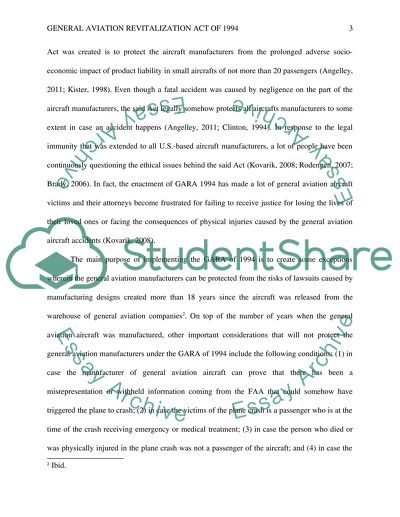Cite this document
(“General Aviation Revitalization Act of 1994 Term Paper”, n.d.)
General Aviation Revitalization Act of 1994 Term Paper. Retrieved from https://studentshare.org/law/1491287-general-aviation-revitalization-act-of
General Aviation Revitalization Act of 1994 Term Paper. Retrieved from https://studentshare.org/law/1491287-general-aviation-revitalization-act-of
(General Aviation Revitalization Act of 1994 Term Paper)
General Aviation Revitalization Act of 1994 Term Paper. https://studentshare.org/law/1491287-general-aviation-revitalization-act-of.
General Aviation Revitalization Act of 1994 Term Paper. https://studentshare.org/law/1491287-general-aviation-revitalization-act-of.
“General Aviation Revitalization Act of 1994 Term Paper”, n.d. https://studentshare.org/law/1491287-general-aviation-revitalization-act-of.


